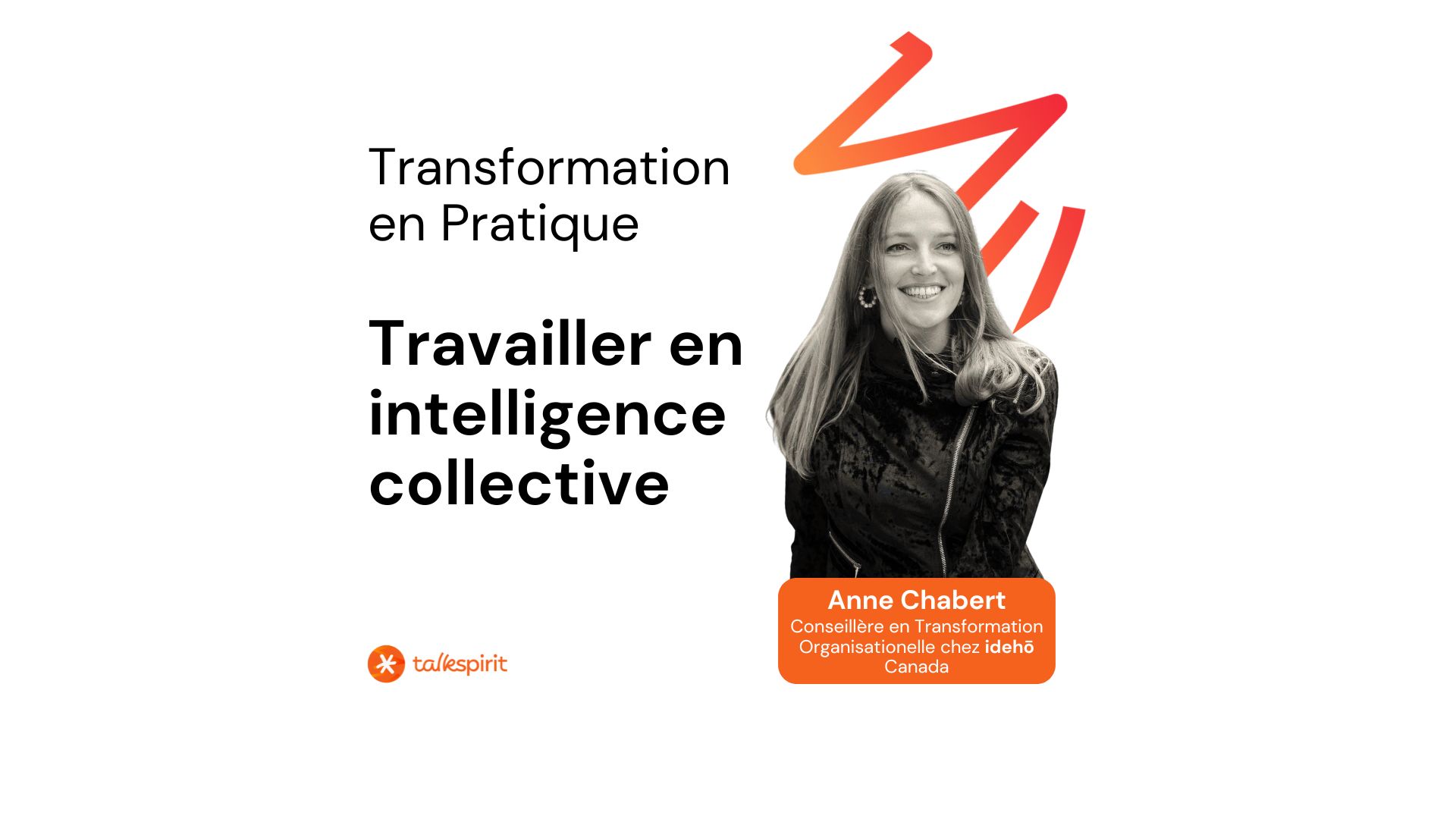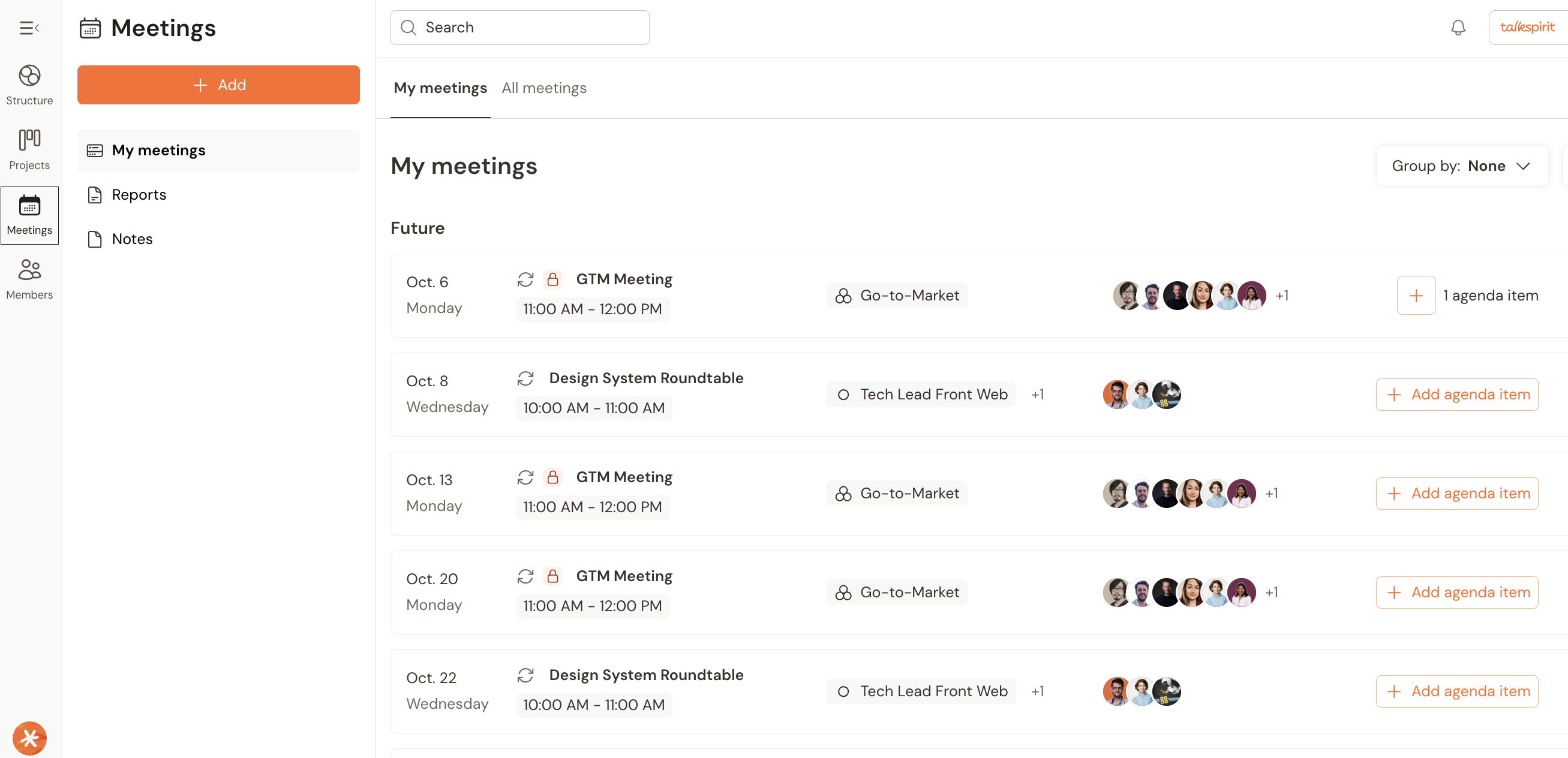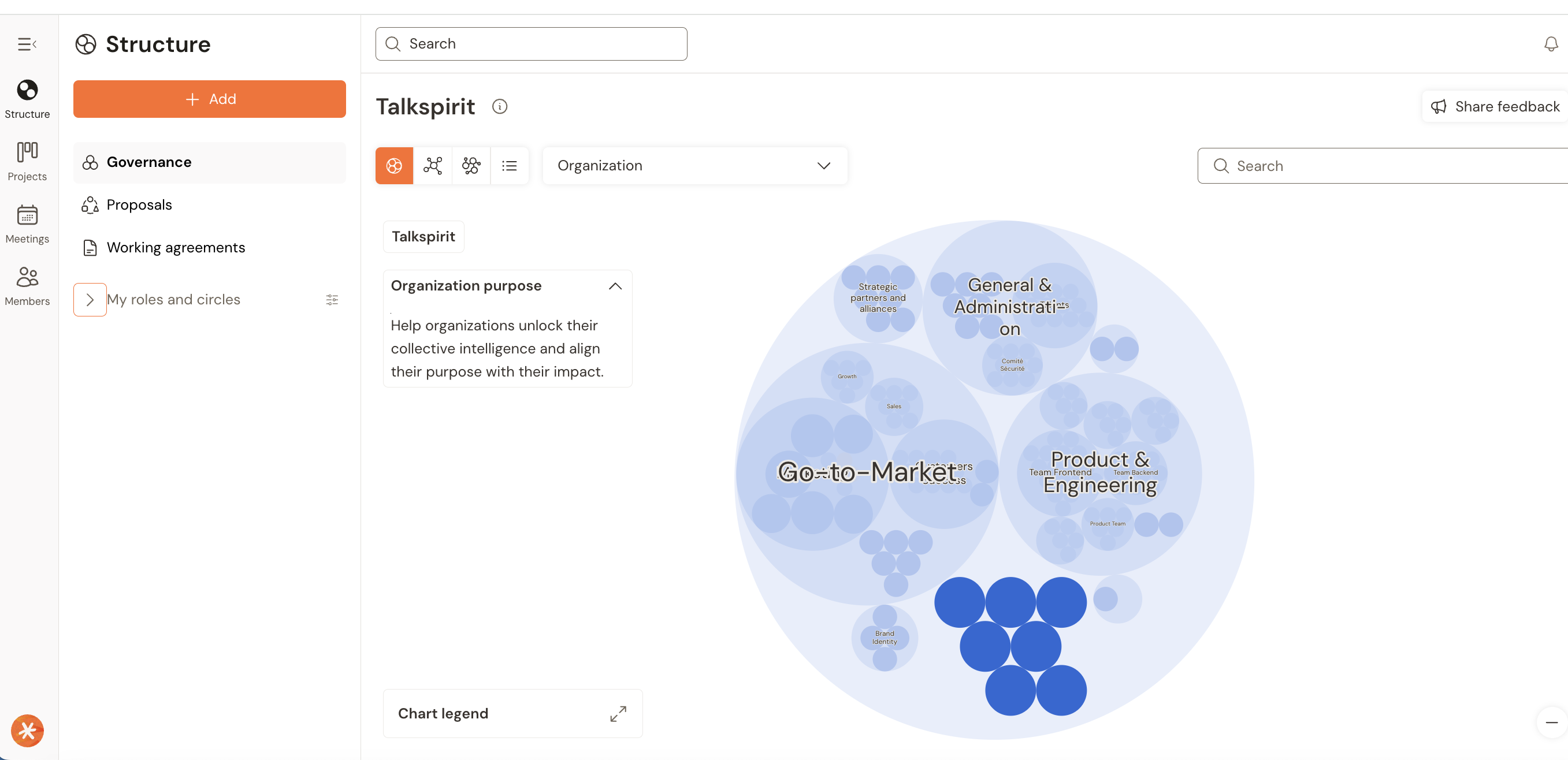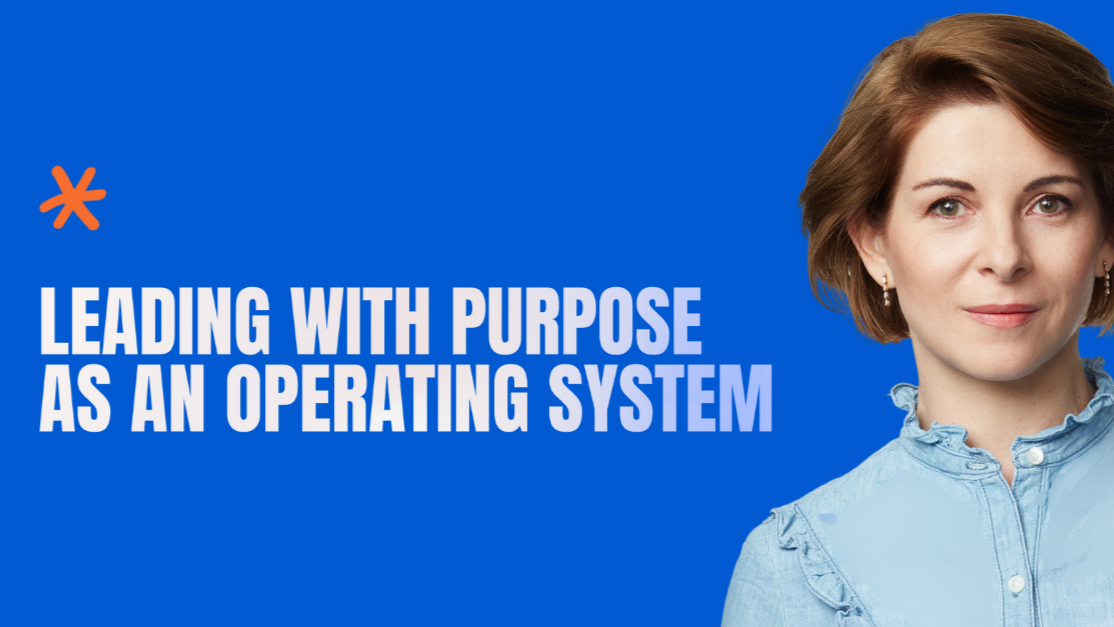How the smart office is transforming the workplace

Temps de lecture: 5 minutes
Technology is changing the way we work—including the way we design, optimize, and think about the workplace. And arguably the most transformative thing happening to the workplace today? The emergence of the smart office.
While smart offices have been slowly evolving since the introduction of technologies like the cloud and smartphones, as technology has advanced, smart offices have become more and more common. And they’re completely changing the way businesses manage their offices and their teams.
But what, exactly, is a smart office? What are the benefits? And how is the smart office transforming today’s workplace?
What is a smart office?
First things first. Before we jump into how the smart office is transforming the workplace, let’s quickly touch on what the smart office actually is.
A smart office is an office that leverages technology to enable better, more productive, and more efficient work. Depending on the office (and how ‘smart’ that office is), their technology stack may include tools that help businesses better manage employees, remote collaboration, IT systems, and/or their physical space. More specifically, smart offices leverage Internet of Things (IoT) technology, which connects physical objects to the digital space through a variety of mechanisms (including sensors and software. With IoT, you can integrate technologies and systems within the office (for example, facilities management technologies)—and increase overall efficiency in the process.
Also read: How Remote Work Is Redefining the Role of the Office
And while smart offices are already a go-to for companies of all sizes, the demand for these tech-centric office spaces is only going to increase. According to a 2020 report from Million Insights, the global market size for smart offices is projected to hit more than 57 billion by 2025.
Clearly, smart offices are poised to take over as the office spaces of the future. But why are they so popular? How can moving towards a smart office design transform your workplace—and make it more efficient, productive, and desirable in the process?
Smart offices make hybrid work possible.
If you want to attract top talent to your business, you need to give them what they want. And as we move out of the pandemic, what today’s top talent wants? Flexibility in how and where they work.
According to the Reimagining Human Experience study from JLL, 70 percent of employees favor a hybrid work model that would allow them to split their work days between the office and working remotely, with 72 percent of employees wanting to work from home at least two days per week.
So, in order to attract top talent to your company (and keep them there), you need to give them the flexibility to work both from home and from the office—and a smart office is the way to do it.
Also read: How to Reinvent the Employee Experience in the Era of Hybrid Work
Smart offices are outfitted with a variety of technologies that make hybrid work possible. For example, conference rooms are typically equipped with video conferencing software that makes it easy for team members who are working from home to join meetings. Collaboration tools make it easy for remote and in-office team members to work together on projects in real time. Or, if your company allows employees to come and go as they please, an IoT system that tracks how many people are in the office—and how many workspaces are available—can give remote employees key insights into how crowded the office is on any given day (and save them a commute if there aren’t enough available workstations for them to get things done).
The point is, smart offices make hybrid work better, easier, and more efficient—and because employees want to work in a hybrid work environment, smart offices play a key role in attracting and retaining top talent.
Also read: [Expert Opinion] How To Make Your Workplace More Attractive To Top Talent
Smart offices empower employee productivity.
When employees have what they need to do their job—and do their job well—they get more done. And because smart offices are equipped with so many technologies that empower employees to work better, faster, and more efficiently, they can provide a major boost to productivity.
For example, you can incorporate smart desks that automatically adjust their height to provide each individual employee with the most ergonomic work setup, creating a more comfortable workstation—which can help your employees focus on work. Or let’s say you have a large office space—and new hires often get lost trying to navigate the space. You could outfit your office with digital maps that allow team members to choose a destination—and then download directions directly to their smartphone.
Productivity increases when employees have what they need to do their job faster, better, and with more efficiency—and the technology used in smart offices can be a great way to empower that level of work.
Smart offices allow businesses to better manage their resources.
When you have an office, utilities—like electricity, heating, and cooling—can add up. But with a smart office, you can better manage those resources—and often, save some serious money in the process.
With IoT technology, sensors can track how many people are in your office (and in different areas of your office) at any given time—and then adjust electricity and HVAC use accordingly. For example, if your team vacates a conference room after a meeting, the sensor will track the moment everyone leaves the room—and shut off all the lights to save electricity. Climate sensors will automatically track the temperature in your office—and if the temperature rises or falls based on the number of people in a given space, will automatically bring it back to your desired temperature.
Part of running a successful business is effectively managing your resources and keeping costs low—and smart office technology allows you to do that, particularly when it comes to electricity and climate control.
Smart offices give businesses the data they need to continually optimize and improve their work environment.
You want to take any steps necessary to support your team and create a more positive, productive, and effective work environment. But often, you’re guessing as to which steps will have the best effect.
But with smart offices, you don’t need to guess—you have data to make the best decisions for your team and your business.
Because smart offices leverage so many interconnected technologies, they give businesses unprecedented access to data—data they can use to continually optimize and improve their workplace. For example, if you have IoT technology in place that tracks employee movement throughout the office, it will tell you where—and for how long—employees are spending time in different areas within your office space. If you realize that your team is spending almost all their time in communal spaces—and virtually none in their individual office spaces—you may use that data as a jumping off point to redesign your office space to better fit your team’s needs. For example, you might decide to get rid of dedicated workstations—and instead, move to a “hot desk” environment, where employees can choose where they want to work each day from a variety of both communal and private spaces.
Also read: How To Use Workplace Design To Increase Employee Productivity And Engagement
If you want to continually optimize your environment, you need direction—and smart offices will give you that direction in the form of data.
*
* *
There’s no denying that smart offices are completely transforming the workplace. And now that you understand the impact (and the benefits) of the smart office, you have everything you need to determine whether a smart office is a smart decision for your business.
So, are you ready to turn your office into a smart office? Read our article “New ways of working: why and how to adopt them?” to find out all the best practices to implement this new work model in your company:
–
Author: Deanna deBara























.jpg)





.jpg)
.jpg)







.jpg)
.jpg)


.jpg)

.jpg)


.jpg)











.jpg)




.jpg)



.jpg)

.jpg)



.jpg)








.jpg)


















.jpg)
